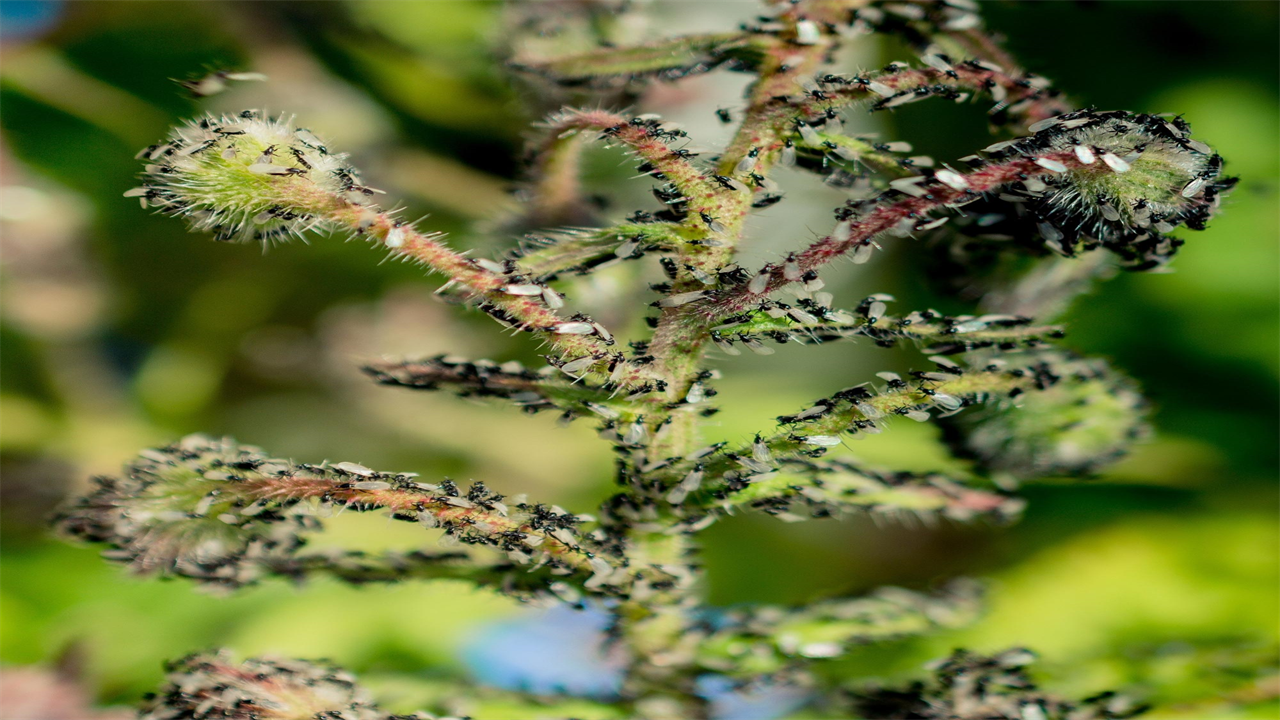Invasions by Alien Insects and Animals Can Teach Us About COVID-19
0 View
Share this Video
- Publish Date:
- 18 May, 2021
- Category:
- Covid
- Video License
- Standard License
- Imported From:
- Youtube
Tags

Invasions by alien insects and animal species have much in common with infectious disease outbreaks and could tell us a lot about the spread of pandemics, according to a research paper published today.
Biological invasions, in which animals, insects, plants and microorganisms are transported by humans around the world, are increasingly common and have a global annual cost of at least £ 118 billion.
A study by an international team of scientists, including the University of Leeds School of Biology, says the emergence of human diseases faces many of the same challenges as invasions of species and that studying them together could provide solutions.
Co-author of the report, Dr. Alison M. Dunn, professor of ecology at the School of Biology, said: “Integrated approaches that consider human, animal, plant and environmental health are urgently needed to prevent future pandemics and the spread of invasive species across the world. world.
“Cross-fertilization between the two disciplines could improve the prediction, prevention, treatment and mitigation of invasive species and outbreaks of infectious diseases, including pandemics such as COVID-19.”
The article, published today in the journal BioScience, says preventing species invasion requires analysis of how it will arrive in a new area (primary spread) and how it will spread to the surrounding region (secondary spread).
But this two-path classification has rarely been used to look for emerging infectious organisms in humans – even though it is well known that factors such as behavior, income, tourism, and trade can influence transmission.
Invasive insects are the most common transporter of organisms that cause disease in humans. The tiger mosquito has spread through trade to all inhabited continents and has been responsible for the spread of dengue fever, yellow fever, West Nile virus and chikungunya.
Pathogens that cause these diseases go through the same stages as invasive species, but can spread much more quickly, leading to pandemics, the researchers said.
Even the distribution patterns of re-emerging “indigenous” diseases, such as Ebola in West Africa, resemble those of invasive species.
The paper concludes that biosafety is key to preventing the spread of invasive species and infectious diseases in humans and calls on medical scientists and ecologists to work together to learn more about both.
Professor Montserrat Vilà, researcher at the Estación Biológica de Doñana and lead author of the study, said: “Pandemics such as COVID-19 and biological invasions have a lot in common. They are often linked by the same drivers for global change and show similar characteristics. This article provides a detailed look at the parallels between scientific approaches to invasions and human epidemics.
“Given the increasing number of emerging infectious pathogens and biological invasions worldwide and the ongoing global health crisis caused by the coronavirus, the need for integrative and interdisciplinary approaches to biosafety has never been greater.”
Reference: “Viewing emerging human infection epidemics through the lens of Invasion Biology” by Montserrat VilÀ, Alison M Dunn, Franz Essl, Elena GÓmez-DÍaz, Philip E Hulme, Jonathan M Jeschke, MartÍn A NÚÑez, Richard S Ostfeld, AnÍbal Pauchard , Anthony Ricciardi and Belinda Gallardo, May 19, 2021, BioScience.
DOI: 10.1093 / biosci / biab047










